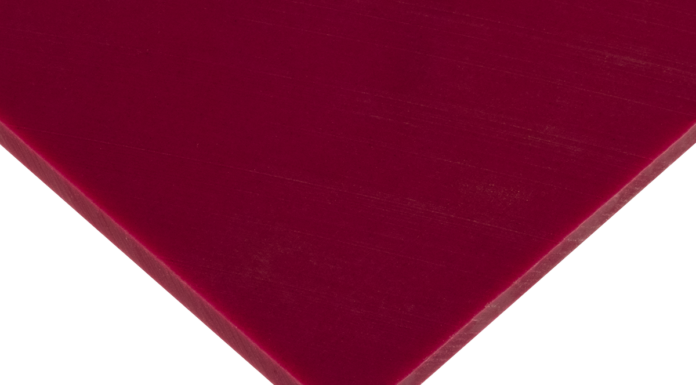 Three-dimensional shapes fill physical space in a certain way. If you pour marbles into a jar, the marbles will randomly pack within the jar. If you carefully placed every marble, layer-by-layer in the jar such that the marbles in one layer sit within the crevices between marbles on the layer below it, you can pack a few more marbles in the jar than if it was randomly packed. This will give you the highest density packing, or the least amount of space between particles.
Three-dimensional shapes fill physical space in a certain way. If you pour marbles into a jar, the marbles will randomly pack within the jar. If you carefully placed every marble, layer-by-layer in the jar such that the marbles in one layer sit within the crevices between marbles on the layer below it, you can pack a few more marbles in the jar than if it was randomly packed. This will give you the highest density packing, or the least amount of space between particles.
Linus Pauling applied this idea of packing density to ions and proposed that packing principles lead to the formation of crystal structures. Nature does not like empty space, so particles should pack in the highest density or close-packed formation. In the field of materials science, colloid crystals and nanoparticle superlattices form via self-assembly of small particles in which the particles form a thermodynamically stable structure. The structures nanoparticles form are very often those found in conventional metals: face-centered cubic, simple cubic, and body-centered cubic.
The theory is that packing principles guide the self-assembly of colloidal crystals. However, researchers from the University of Michigan have shown that the ordering mechanism for colloid crystals does not cause particles to self-assemble. Instead, crystal assembly and packing are correlated, not causal. Furthermore, they show that packing principles may not be the best prediction tool for colloidal crystal shape. Their work appears in The Proceedings of the National Academy of Sciences.
Read more: https://phys.org/news/2018-01-close-packing-nanoparticle-self-assembly.html#jCp
thumbnail courtesy of phys.org










